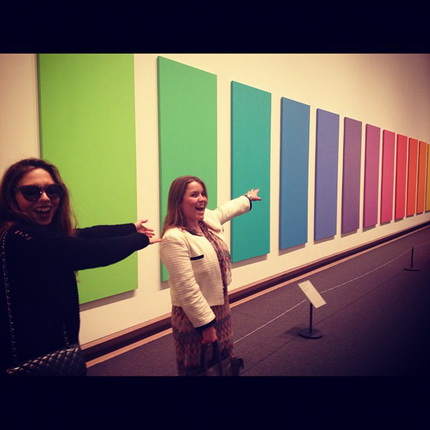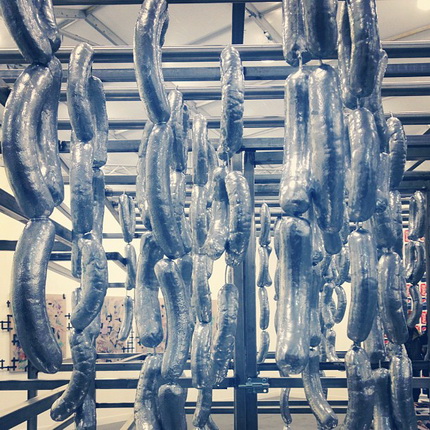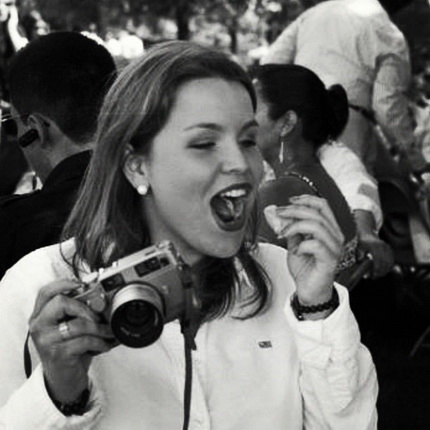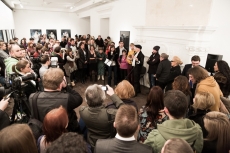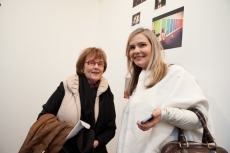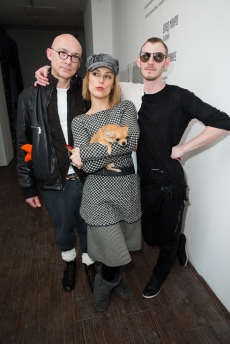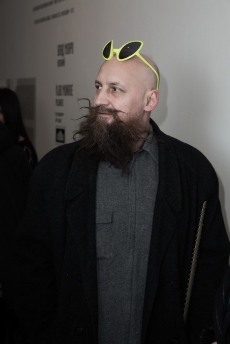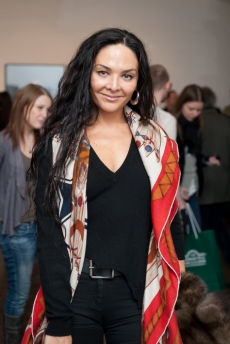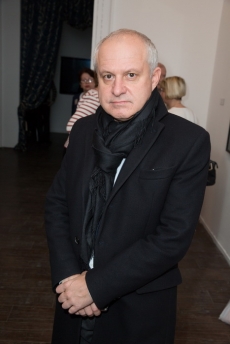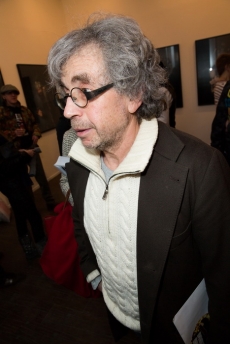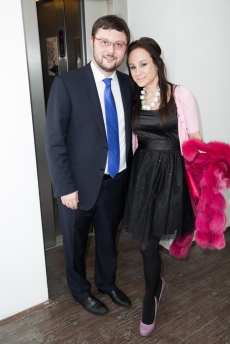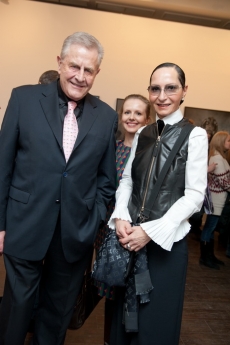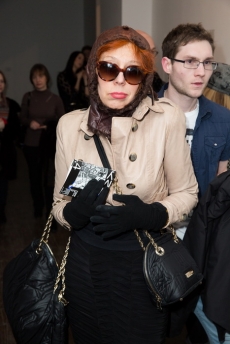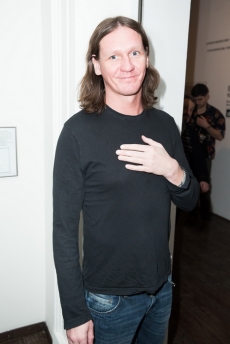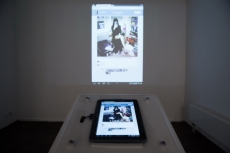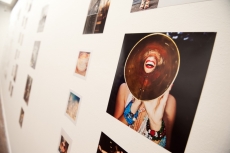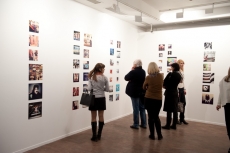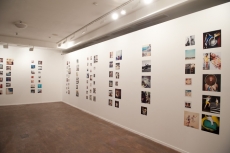Instagram
Moscow, 6.03.2013—5.04.2013
exhibition is over
Moscow Museum of Modern Art
17 Ermolaevsky lane (
www.mmoma.ru
Share with friends
For the press
The project of Yulia Lebedeva, a young photographer, studies the new forms of existence for photography offered by social networks. Social networks in general and mobile photo apps in particular lack the hierarchy of the important and unimportant, of the personal and of the public, of the low and of the high on principle, and the project of Yulia Lebedeva is an attempt to take this new phenomenon from the virtual world and transfer it to the real and hierarchical museum space.
With its life starting in the family albums, photography later spread expansively into the press, and went on to conquer the exhibition and museum space, acquiring an incredible importance in the web 2.0 epoch.
In modern communication, the word is increasingly replaced with the image: while we wrote letters to tell about the events of our life in the past, today an exchange of «pictures» is becoming more and more popular. At the same time, our consciousness is no longer reacting to the individual and unique, we operate with information as a stream, as a «cloud» in the post-digital epoch, analytical mechanisms are losing their efficiency, we get visual or intellectual satisfaction from the perception of a whole, and an issue of the value of an individual snapshot appears here — even if it is the most successful snapshot. Scrolling through the webpage of our friends’ posts, we never limit ourselves to the viewing of one photograph. The photos are perceived as a stream regulated by the movement of your finger over the touchscreen of your phone, we stop looking hard and «let» this stream — the colorful movement — inside us, and it seems, at last, that Instagram brought about something McLuhan mentioned in his Understanding Media: «The interest to the effect, not to the meaning, is the main change in the electric epoch».
The basic difference of Instagram that places it apart from similar applications is in the fact that depiction (always a square, like those on Polaroid or Kodak Instamatic snapshots) can be processed with different filters, which result in the emergence of a faded romantic picture that makes the most trivial, ordinary object effective. But what makes Instagram attractive not only for smartphone users, but also for the professionals dealing with «high visual culture»? Why photographs made in the Instagram appear in the museum space, and what consequences could this bring about? All these issues are topicalized in the project of Yulia Lebedeva.
Another constructive feature of Instagram is in the fact that it is a communication resource characteristic for any social network. Every person that posts photos in the public Internet space expects a response. It is the quantity of «likes» and subscribers that determine the popularity and quality of every account, and its owner would inevitably correct the contents of his or her profile depending on the preferences of subscribers. Shooting herself, her friends, her environment, Lebedeva constructs an ideal image of herself, a model of ideal life where everything is easy, beautiful and gifted. One could say that Instagram is a peculiar modern form of a photo diary that helps a person structure and form his or her image addressed to the external audience. That is why Instagram is both a first-person narration, and a personage structure simultaneously, a combination of the documentary and of the fictional. And, just as Annie Leibovitz or Juergen Teller, for instance (Yulia Lebedeva went to their studios for training) , for instance, raise the private and the documentary to the statute of art, so Lebedeva converts her personal impressions into a more general visual structure, presenting a peculiar portrait of generation next.

